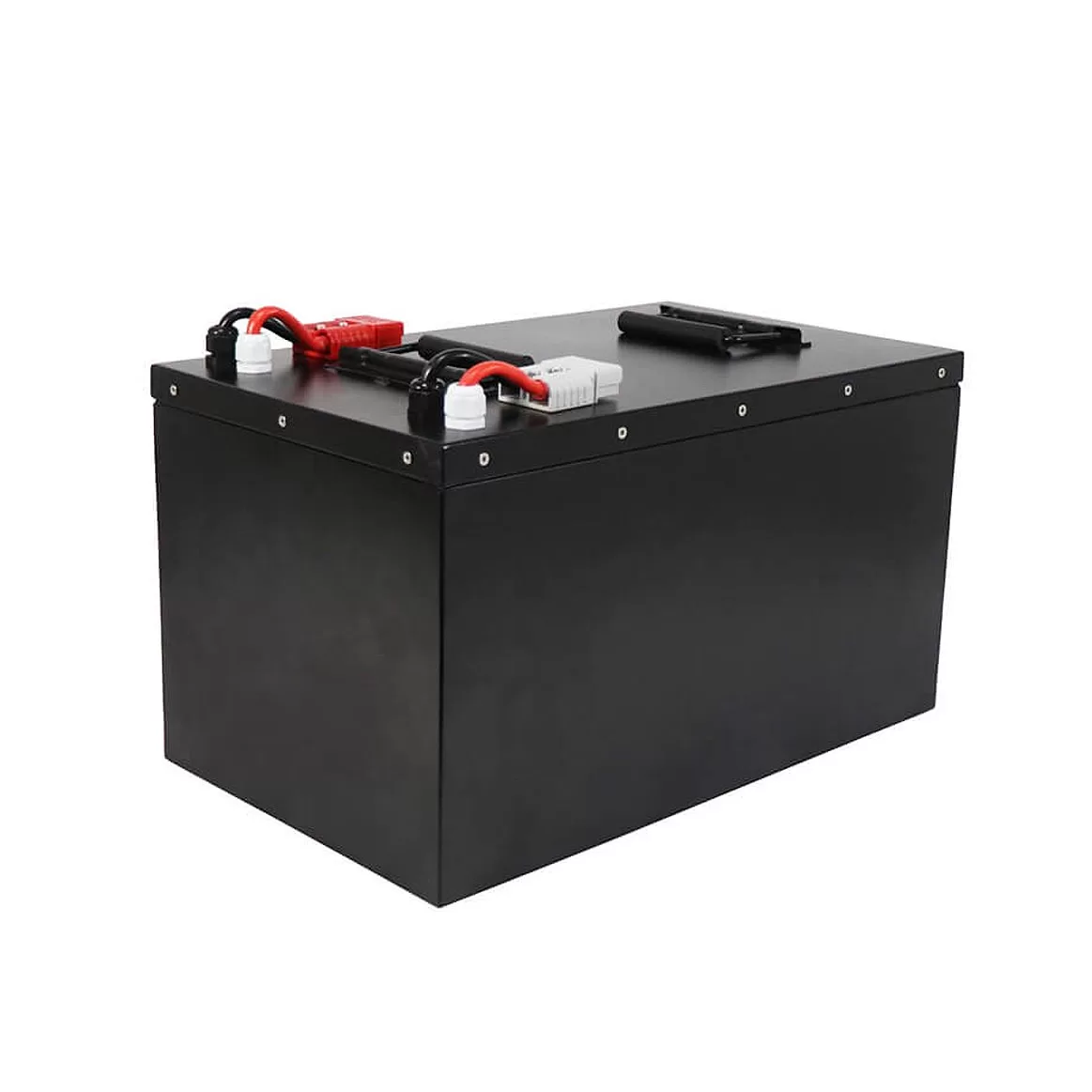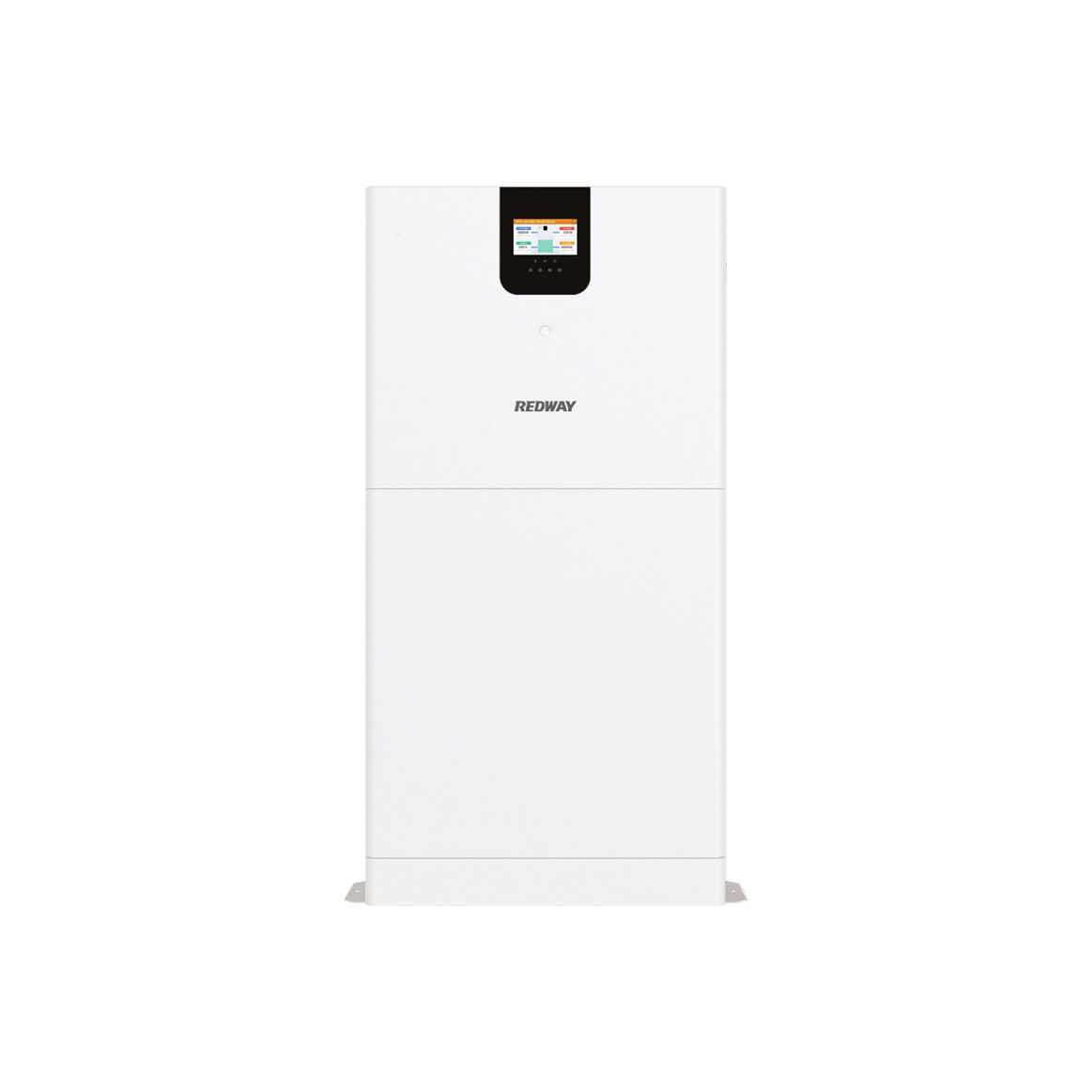ط م ب س ر ت أ ن ر – و ط ر س ت
Table of Contents
Toggle✓ من المتوقع أن تصل السعة المركبة لسوق تخزين الطاقة السنوي في الولايات المتحدة إلى 28.3 جيجاوات ساعة في عام 2023 ، ومن المتوقع أن يرتفع سوق تخزين الطاقة إلى 44.2 جيجاوات ساعة و 68.2 جيجاوات ساعة في 2024-2025
✓ تشير التقديرات إلى أنه من المتوقع أن تصل السعة المركبة حديثا للتخزين على نطاق واسع في الولايات المتحدة إلى 24-25 جيجاوات ساعة في عام 2023 ، بزيادة كبيرة من 12.2 جيجاوات ساعة في عام 2022 (بما في ذلك جميع أنواع تخزين الطاقة)
✓ من المتوقع أن تصل سعة تخزين الطاقة المركبة في أوروبا إلى 11.3 / 18.3 / 26.4 جيجاوات ساعة من 2023 إلى 2025 ، بمعدل نمو سنوي مركب قدره 53٪ من 2021 إلى 2025.
✓ أوروبا | مدخرات الأسرة: ستتم إضافة 5.7 جيجاوات ساعة من السعة المركبة الجديدة في عام 2022 ، بنسبة 147.6٪ على أساس سنوي
✓ على جانب تخزين الطاقة في العداد الأمامي في أوروبا ، سيتم تركيب 2 جيجاوات من السعة المركبة حديثا في عام 2022 ، وهو ما يمثل 44٪ ، وقد بدأ في التبلور. من بينها ، تمثل المملكة المتحدة 42 ٪ ، مما يؤدي إلى سوق التخزين الأوروبي الكبير.
أوروبا والولايات المتحدة أسواق ناضجة ، ويتدفق المصنعون عليها. ومع ذلك ، فإن الحواجز التي تحول دون اعتماد المنتج وتجربة اتصال الشبكة والأموال والقنوات والعملاء والعلامات التجارية أصبحت مرتفعة بشكل متزايد ، وسيتم ردع الشركات الصغيرة.
سوق تخزين الطاقة في الولايات المتحدة
وفقا لأحدث تقرير لمراقبة تخزين الطاقة في الولايات المتحدة الصادر عن مجلس الطاقة النظيفة الأمريكي (ACP) و Wood Mackenzie ، في عام 2022 ، ستقوم الولايات المتحدة بتركيب 4,798 ميجاوات / 12,181 ميجاوات ساعة من سعة تخزين الطاقة الجديدة ، بزيادة سنوية قدرها 34٪ / 12٪ ؛ من المتوقع أن تزداد السعة المركبة لتخزين الطاقة في الولايات المتحدة من عام 2023 إلى عام 2025 وستصل السعة إلى 28.3 / 44.2 / 68.2 جيجاوات ساعة.
السعة المركبة حسب سيناريو التطبيق في الولايات المتحدة في 2022Q1 و 2023Q1

تشير التقديرات إلى أنه من المتوقع أن تصل السعة المركبة حديثا للتخزين على نطاق واسع في الولايات المتحدة إلى 24-25 جيجاوات ساعة في عام 2023 ، بزيادة كبيرة من 12.2 جيجاوات ساعة في عام 2022 (بما في ذلك جميع أنواع تخزين الطاقة).
✓ السعة المركبة: ستصل السعة المركبة لأنظمة تخزين الطاقة إلى 0.88 جيجاواط / 1.11 جيجاوات ساعة في عام 2022
اعتبارا من نهاية عام 2022 ، بلغت السعة المركبة لأنظمة تخزين طاقة البطاريات على نطاق المرافق (BESS) العاملة في الولايات المتحدة 8842 ميجاوات / 11105 ميجاوات ساعة. من بينها ، تم تركيب معظم BESSs العاملة في عام 2022 بعد عام 2014 ، مع تركيب ما يقرب من 4807 ميجاوات في عام 2022 وحده ، وهو ما يمثل 54.4٪ ؛ زادت قدرة BESS الفردية قيد التشغيل بالفعل من أقل من 1 ميجاوات إلى مركز Manatee للطاقة الشمسية في فلوريدا. من 409 ميجاوات ، بدأ المركز عملياته في نوفمبر 2021.
سعة تخزين طاقة البطارية المركبة في الولايات المتحدة من 2010 إلى 2022:

اعتبارا من عام 2022 ، هناك ما مجموعه 39 ولاية بها BESS على نطاق المرافق في الولايات المتحدة. من بينها ، تمتلك كاليفورنيا وتكساس وفلوريدا أكبر قدرة مركبة ، حيث تمثل أكثر من 80٪.
✓ شبكات الطاقة الإقليمية في الولايات المتحدة مستقلة عن بعضها البعض ، ويساعد تخزين الطاقة على الإرسال عبر المناطق على نطاق واسع
يتميز سوق تخزين الطاقة في الولايات المتحدة بتمايز إقليمي واضح ، يتركز بشكل أساسي في كاليفورنيا وتكساس. اعتبارا من عام 2021 ، تبلغ سعة تخزين الطاقة المركبة في كاليفورنيا 2339.1 ميجاوات ، وهو ما يمثل 44٪ ؛ تبلغ سعة تخزين الطاقة المركبة في تكساس 797.4 ميجاوات ، وهو ما يمثل 15٪. يرتبط التطور السريع لكاليفورنيا وتكساس بشكل أساسي بعوامل مثل البنية التحتية للطاقة غير المستقرة والحوافز السياسية الواضحة.
يتكون تخزين الطاقة في الولايات المتحدة حاليا بشكل أساسي من ثلاث مجموعات رئيسية لشبكات الطاقة: شبكة الطاقة الشرقية المتحدة ، وشبكة الطاقة الغربية المتحدة ، وشبكة تكساس للطاقة. شبكات الطاقة الرئيسية الثلاث مستقلة نسبيا. نظرا لأن تقنية UHV لم يتم استخدامها على نطاق واسع في الولايات المتحدة ، والمسافة طويلة جدا والخسائر كبيرة جدا ، فإن مجموعات شبكات الطاقة غير راغبة في تنفيذ النقل بين الولايات. لذلك ، فهي تعمل بشكل مستقل ، مما يجعل من الصعب تنفيذ إرسال واسع النطاق عبر المناطق. لذلك ، هناك حاجة إلى خدمات مساعدة للطاقة للمساعدة في الاستهلاك الكامل ، وزادت السعة المركبة لتخزين الطاقة على جانب توليد الطاقة وجانب الشبكة بشكل كبير.
✓ من المتوقع أن تصل السعة المركبة لسوق تخزين الطاقة إلى 28.3 جيجاوات ساعة في عام 2023
في الوقت الحاضر ، اتخذت الولايات المتحدة عددا من التدابير لإزالة تراكم المشاريع المتصلة بالشبكة ، والتي من المتوقع تنفيذها في السنوات 2-3 القادمة. من المتوقع أن يرتفع سوق تخزين الطاقة إلى 44.2 جيجاوات ساعة و 68.2 جيجاوات ساعة في 2024-2025 ، بمعدل نمو سنوي مركب قدره 59.5٪ من 2021-2025.
تقدير مساحة سوق تخزين الطاقة في الولايات المتحدة:

سوق تخزين الطاقة في الاتحاد الأوروبي
بالنسبة للسوق الأوروبية ، لا تزال مدخرات الأسر ساخنة ، والمدخرات واسعة النطاق على وشك البدء
✓ أوروبا | مدخرات الأسرة: ستتم إضافة 5.7 جيجاوات ساعة من السعة المركبة الجديدة في عام 2022 ، بنسبة 147.6٪ على أساس سنوي
According to data from the European Photovoltaic Association and EV tank, in 2022, the newly installed capacity of household storage in Europe will be approximately 5.7GWh, +147.6% year-on-year; the cumulative installed capacity will be 11.1GWh, +105.2% year-on-year. Germany, Italy, the United Kingdom, and Austria ranked the top four markets with 1.54GWh, 1.1GWh, 0.29GWh, and 0.22GWh respectively. As the two countries with the largest household storage installed capacity in Europe, Germany and Italy will account for more than 50% of the total installed capacity in 2022. Among them, Germany will have more than 1GW of household storage installed capacity, and more than 200,000 households will choose to install household energy storage systems in 2022; Italy The installed capacity of household storage exceeds 500MW, but with the gradual reduction of the Superbonus subsidy policy (completely phased out in 2026), the demand for household storage in Italy will gradually weaken in the future.
New household storage installed capacity in Europe (MWh) and year-on-year (%):

Proportion of new household storage installed capacity in Europe from 2020 to 2022 (%):

✓ Large storage: On the front-meter energy storage side of Europe, 2GW of new installed capacity will be added in 2022, accounting for 44%, and it has begun to take shape; multi-country plans will drive future volume
Among them, the UK accounts for 42%, leading the European large storage market. In July 2023, the European electricity reform plan was passed. Many countries have established capacity markets, the revenue model is gradually improving, and the large storage market has support points. It is expected that the installed energy storage capacity in Europe will reach 11.3/18.3/26.4GWh from 2023 to 2025.
As the cost of photovoltaic storage decreases in 2023, ground photovoltaics and large-scale storage in Europe will gradually open up the market, and the project scale of energy storage projects will continue to increase. The European large storage market has begun to take shape. According to data from the European Energy Storage Association (EASE), Europe’s newly installed energy storage capacity will be approximately 4.5GW in 2022, of which large storage capacity will be 2GW, accounting for 44% of the power scale. From the perspective of the installed capacity of energy storage in front of the meter, the UK market accounts for 42%, leading the European large storage market. Ireland, Germany, and France account for 16%, 12%, and 11% of installed capacity respectively. EASE predicts that new large energy storage capacity in Europe will be at least 3.5GW in 2023.
According to Wood Mackenzie’s forecast, by 2031, the cumulative installed capacity of large storage in Europe will reach 42GW/89GWh, with the United Kingdom, Italy, Germany, Spain and other countries leading the large storage market. The growth of renewable energy installed capacity and the gradual improvement of revenue models are driving the development of large-scale storage in Europe.
Forecast of cumulative new installed capacity in Europe’s Top 10 grid-level energy storage markets from 2022 to 2031:

Energy storage trends in EU storage markets in recent years
Europe
On July 19, 2023, the European Parliament passed the power reform plan to encourage the power grid to introduce more non-fossil fuel flexible resources (such as energy storage, demand side response), and improve investment returns through capacity markets and other methods.
U.K
In 2020, the 50MW capacity limit for a single battery energy storage project will be officially removed, significantly shortening the approval cycle for large storage, and at the same time canceling the dual charging mechanism for energy storage on the generation/consumption side. DR and DM services were launched in 2022.
Italy
Regulators approve new grid-scale energy storage auction rules. Terna said around 94GWh of energy storage will be needed to integrate planned renewable energy in Italy. Research firm LCP Delta predicts that 800-900MW of energy storage will be deployed in 2023-2024, second only to the UK in scale.
Spain
The government plans to fund 160 million euros to deploy 600MW energy storage projects that will be connected to the grid in 2026. State aid of 280 million euros will be launched in July 2023 to support independent energy storage projects and pumped storage hydropower projects.
Germany
In 2020, the “innovative bidding” was launched for the first time to assist the implementation of energy storage and other renewable energy projects. At present, Germany’s large storage units are small in scale, with about 77% of large storage projects having a capacity of less than 10MWh.
Greece
A large-scale battery storage auction has been approved by Greek regulators. The independent energy storage procurement process will start in Q3 2023, and the system will be completed by the end of 2025.
✓ Europe | Future Outlook: Installed capacity will reach 11.3GWh in 2023, CAGR will reach 53% from 2021 to 2025
After Russia restricted gas supplies in 2021, Europe began switching from gas to coal. At present, electricity prices in many European countries are still higher than before the Russia-Ukraine conflict, and the fundamentals of electricity have not improved. Europe, as a mature market for household savings, will remain hot. In addition, the power supply levels of European hydropower vary greatly between dry and wet periods, and the dependence on wind and solar power generation is gradually increasing.
The large-scale storage market will have an installed capacity of 2GW in 2022, which has begun to take shape; in July 2023, after the European power reform plan is passed, the large-scale storage market will have the momentum to start volume. From 2023 to 2025, the newly installed energy storage capacity will reach 11.3GWh, 18.3GWh, and 26.4GWh.
European energy storage market space calculation:

Thank you for reading.
Related Posts
- يشير الاستثمار المتزايد في تقنيات الطاقة النظيفة إلى تحول عالمي نحو الاستدامة
- يستعد الحقل لبدء أعمال البناء في موقع تخزين البطاريات في نيوبورت بقدرة 40 ميجاوات في الساعة
- يحذر مشغل الشبكة من أن تحول الطاقة في أستراليا يشكل مخاطر نقص الطاقة وسط تقاعد أسطول طاقة الفحم
- يتعين على الشركات التحقق من معرض RE+ Solar Expo 2023 المنعقد في الولايات المتحدة
- يبتكر فريق Better/e في TU/e بطاريات تدفق الأكسدة والاختزال الصديقة للبيئة والفعالة من حيث التكلفة لتزويد مدن بأكملها بالطاقة
- واط، فولت، أمبير، وأوم: ما هي الاختلافات
































